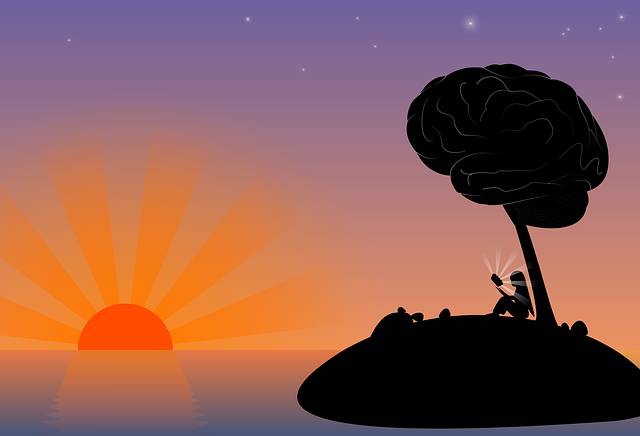In the realm of creativity, a pervasive myth persists that casts older individuals as creatively deficient, suggesting that the fountain of innovation dries up with age. This misconception not only undermines the potential of older adults but also overlooks the wealth of knowledge and experience they bring to creative endeavors. The truth is, creativity is not the sole province of the young; rather, it can be a lifelong endeavor nurtured through proactive approaches and supported by specific psychological practices.
The assumption that older folks are inherently less creative stems from a superficial view of creativity as solely the domain of youthful exuberance and novelty-seeking. However, psychological research paints a more nuanced picture. Creativity is not merely about generating new ideas but also about applying existing knowledge in innovative ways. This aspect of creativity is particularly potent in older adults who have accumulated a lifetime of experiences and expertise.
A proactive approach to nurturing creativity involves embracing practices that stimulate the mind and encourage novel connections. Four primary practices have been identified as particularly effective: playing, reading, traveling, and daydreaming. Each of these activities challenges the mind in unique ways, promoting cognitive flexibility and the generation of new ideas.
Playing, for instance, is not just child's play. Engaging in games, puzzles, or any activity that sparks joy and curiosity can stimulate the brain, fostering creativity by encouraging divergent thinking. Reading, on the other hand, exposes the mind to new concepts, perspectives, and narratives, expanding one's mental horizons and providing raw material for creative thought. Traveling, whether physically or through virtual experiences, broadens one's understanding of different cultures and environments, inspiring new ideas and approaches.
Daydreaming, often dismissed as idle wandering, is actually a powerful tool for creativity. It allows the mind to wander freely, making connections between seemingly unrelated ideas. This mental freedom can lead to breakthroughs in thinking and problem-solving.
Moreover, the notion that creativity declines with age is not universally supported by research. Studies have shown that while some aspects of creativity, such as fluid intelligence, may diminish with age, other aspects, like crystallized intelligence, can actually increase. Crystallized intelligence refers to the knowledge and skills accumulated over a lifetime, which can be applied in creative ways.
In conclusion, creativity is not the exclusive domain of the young. By adopting a proactive approach and embracing practices that stimulate the mind, older adults can continue to innovate and create throughout their lives. The key lies in recognizing the unique strengths that come with age and leveraging them to foster creativity. By doing so, we not only enhance the lives of older adults but also contribute to a society that values and benefits from the creative potential of all its members, regardless of age.




发表评论 取消回复